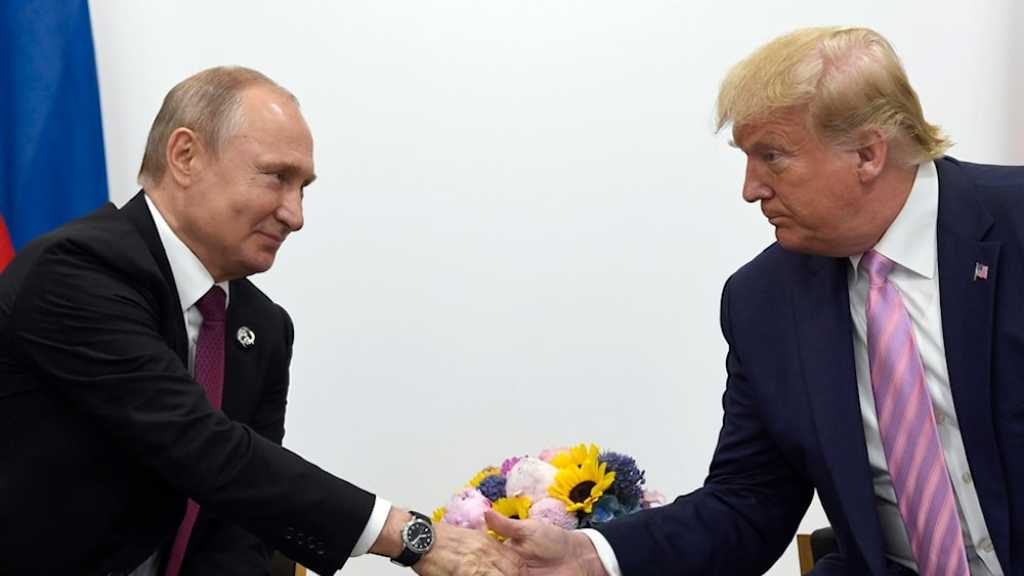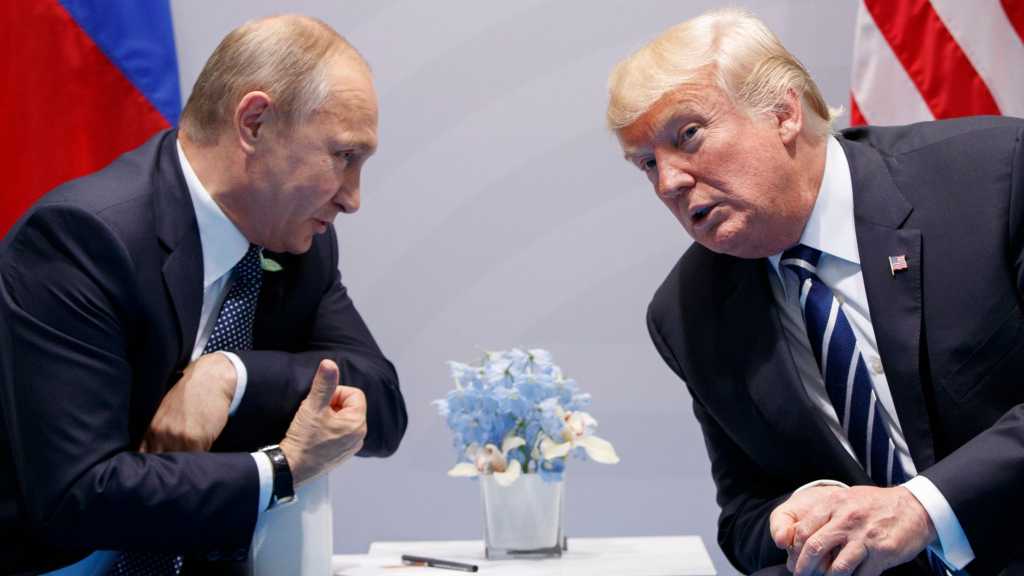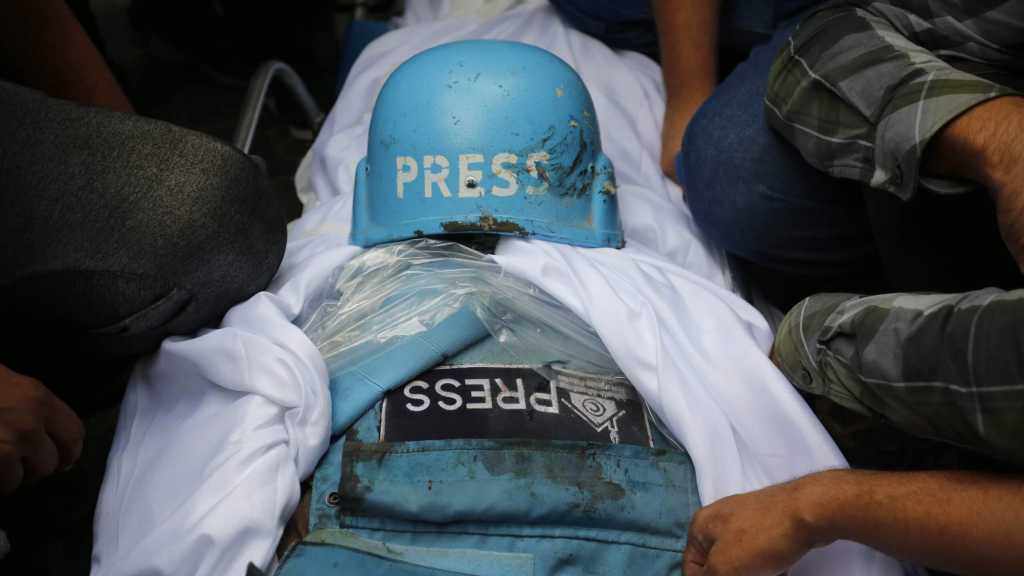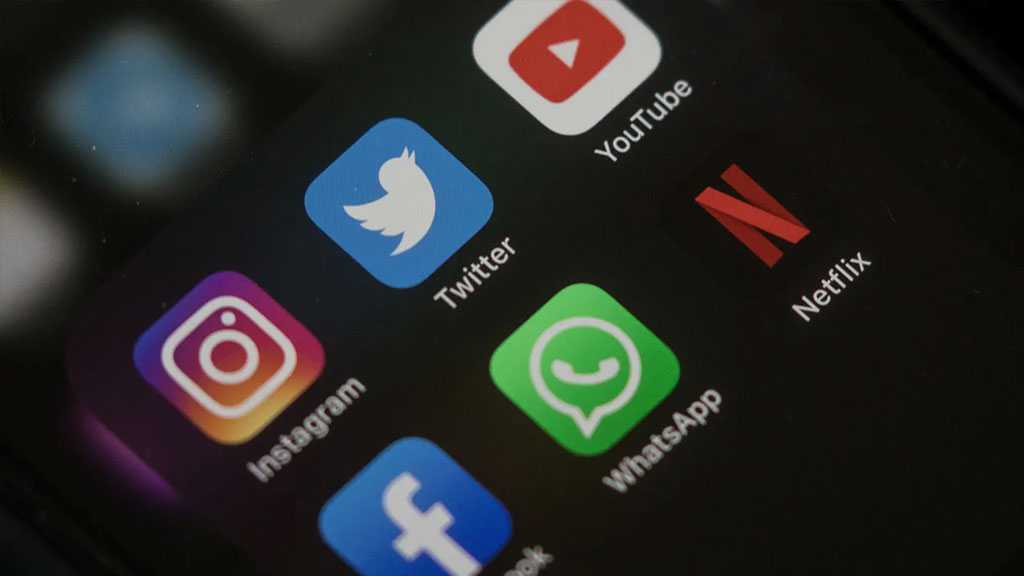A global duality we can do without

Source: Daily Star, 23-09-2008
By Carl Gibeily
As Semites, we have a cultural affinity for dualities. All our nouns have two genders, masculine or feminine, but three numbers - singular, plural and dual. Of course we're not alone. The West, which has always held tenaciously to a bipolar view of the world, sees through a prism where shades of gray are deficient and where only two civilizations can exist at any one time. Past the Cold War era and the West's new nemesis - or bete noire, depending on the level of animosity - is Islamic civilization.
Many in the West associate the Arab world with some of their greatest fears: terrorism, dictatorship and weapons of mass destruction. In 1998, when Pakistan went nuclear, the Western media sensationalized the event with the label "Islamic Bomb." Oddly enough, there was never a reference to a "Hindu," "Christian," or "Jewish" bomb, when compared to the nuclear arsenals of other countries.
It is at best purely arbitrary and, at worst, profoundly racist to categorize the world into neat compartments. It is dangerous to talk of civilizations in such loose terms as cultural groupings and identity, since that opens the door to bias and the notion of "more righteous" or "purer" civilizations, which in turn can be used to justify ethnic cleansing and other acts of iniquity. In addition to being morally questionable, it is in point of fact wrong to demarcate such an entity as Islamic civilization. Civilizations are not homogeneous entities; they are composed of and divided by overlapping groups based on class, sect, region, language and ethnicity.
The clash between the West and Islam is therefore largely one of perception. The image of Islam - and of Arabs more generally - remains overwhelmingly negative, whether of radical Islamists blowing themselves up and knocking at the gates of Europe, as depicted in the media; or of dodgy Middle Eastern types as portrayed in popular culture. Within that context, Jack Shaheen, who has written eminently about the image of Arabs in American culture, made famous the "b" factor to describe how Arabs have been pigeonholed: as billionaires (including "sheikhs" kidnapping Western women for their harems), bombers (who used to be Palestinian, but are now Muslim in general), bedouin bandits and buffoons.
Islam is now seen as assertive and belligerent, while Arab nationalism that once sought to emulate the ways of the West has lost to a powerful consensus that favors modernity with an Islamic core. While Davos and other forums can bring together technocrats and businessmen from both sides, they do little to change fixed preconceptions. Commerce has not delivered us from history's passions.
On this side of the divide, in the Arab world, there is a sense of injustice, of double standards in the West's dealings with Islamic and Arab states. Occupying Iraq - Arabs everywhere never fell for the dance of the veils used to justify the invasion - cold-shouldering Iran, and offering tacit approval of 'Israel's' occupation of Arab lands are all seen as examples of the West's equivocal conduct in the Middle East. Most unnerving to the average Arab is that sabers always seem to rattle that much more menacingly when they are brandished by Muslim leaders, rather than by counterparts from other regions and religions.
To be sure, US foreign policy often seems to be dictated by a Western public that has a low opinion of Islam rather than by any bona fide pursuit of international justice. Conversely, and as with most stereotypes, the negative Western images of Arabs contain some elements of truth.
The Arab world does suffer chronically from such ills as dictatorship, poverty and the denial of human rights.
But preconceptions and prejudices have done more harm to global security than all the despots of the world. The clash of civilizations cannot be rationalized by trite labels and then preserved in formaldehyde. The real clash is a manifestation of deeper fault lines: The battle lines of the future lie in the digital divide between those who embrace modernity and those who do not or cannot. Throughout history, technology has been a powerful tool for growth and the basis for numerous economic and social transformations. It is incumbent on the West as the current global powerbroker to encourage the developing world to harness these new technologies and bridge the development and income divides. Failure in this quest only serves to radicalize and widen schisms between people.
There is certainly a clash of civilizations if by clash one means mismatch rather than conflict. The deep fault lines created by religion, history and language are like so many jigsaw pieces waiting for the perfect bridging sections to link them all. Ultimately, with an eye trained on the bigger picture, red and blue paint - and a host of other dyes besides - will mix perfectly and complement each other.
By Carl Gibeily
As Semites, we have a cultural affinity for dualities. All our nouns have two genders, masculine or feminine, but three numbers - singular, plural and dual. Of course we're not alone. The West, which has always held tenaciously to a bipolar view of the world, sees through a prism where shades of gray are deficient and where only two civilizations can exist at any one time. Past the Cold War era and the West's new nemesis - or bete noire, depending on the level of animosity - is Islamic civilization.
Many in the West associate the Arab world with some of their greatest fears: terrorism, dictatorship and weapons of mass destruction. In 1998, when Pakistan went nuclear, the Western media sensationalized the event with the label "Islamic Bomb." Oddly enough, there was never a reference to a "Hindu," "Christian," or "Jewish" bomb, when compared to the nuclear arsenals of other countries.
It is at best purely arbitrary and, at worst, profoundly racist to categorize the world into neat compartments. It is dangerous to talk of civilizations in such loose terms as cultural groupings and identity, since that opens the door to bias and the notion of "more righteous" or "purer" civilizations, which in turn can be used to justify ethnic cleansing and other acts of iniquity. In addition to being morally questionable, it is in point of fact wrong to demarcate such an entity as Islamic civilization. Civilizations are not homogeneous entities; they are composed of and divided by overlapping groups based on class, sect, region, language and ethnicity.
The clash between the West and Islam is therefore largely one of perception. The image of Islam - and of Arabs more generally - remains overwhelmingly negative, whether of radical Islamists blowing themselves up and knocking at the gates of Europe, as depicted in the media; or of dodgy Middle Eastern types as portrayed in popular culture. Within that context, Jack Shaheen, who has written eminently about the image of Arabs in American culture, made famous the "b" factor to describe how Arabs have been pigeonholed: as billionaires (including "sheikhs" kidnapping Western women for their harems), bombers (who used to be Palestinian, but are now Muslim in general), bedouin bandits and buffoons.
Islam is now seen as assertive and belligerent, while Arab nationalism that once sought to emulate the ways of the West has lost to a powerful consensus that favors modernity with an Islamic core. While Davos and other forums can bring together technocrats and businessmen from both sides, they do little to change fixed preconceptions. Commerce has not delivered us from history's passions.
On this side of the divide, in the Arab world, there is a sense of injustice, of double standards in the West's dealings with Islamic and Arab states. Occupying Iraq - Arabs everywhere never fell for the dance of the veils used to justify the invasion - cold-shouldering Iran, and offering tacit approval of 'Israel's' occupation of Arab lands are all seen as examples of the West's equivocal conduct in the Middle East. Most unnerving to the average Arab is that sabers always seem to rattle that much more menacingly when they are brandished by Muslim leaders, rather than by counterparts from other regions and religions.
To be sure, US foreign policy often seems to be dictated by a Western public that has a low opinion of Islam rather than by any bona fide pursuit of international justice. Conversely, and as with most stereotypes, the negative Western images of Arabs contain some elements of truth.
The Arab world does suffer chronically from such ills as dictatorship, poverty and the denial of human rights.
But preconceptions and prejudices have done more harm to global security than all the despots of the world. The clash of civilizations cannot be rationalized by trite labels and then preserved in formaldehyde. The real clash is a manifestation of deeper fault lines: The battle lines of the future lie in the digital divide between those who embrace modernity and those who do not or cannot. Throughout history, technology has been a powerful tool for growth and the basis for numerous economic and social transformations. It is incumbent on the West as the current global powerbroker to encourage the developing world to harness these new technologies and bridge the development and income divides. Failure in this quest only serves to radicalize and widen schisms between people.
There is certainly a clash of civilizations if by clash one means mismatch rather than conflict. The deep fault lines created by religion, history and language are like so many jigsaw pieces waiting for the perfect bridging sections to link them all. Ultimately, with an eye trained on the bigger picture, red and blue paint - and a host of other dyes besides - will mix perfectly and complement each other.
Comments

Kremlin: No Preparations Yet for Trump-Putin Meeting
3 months ago


